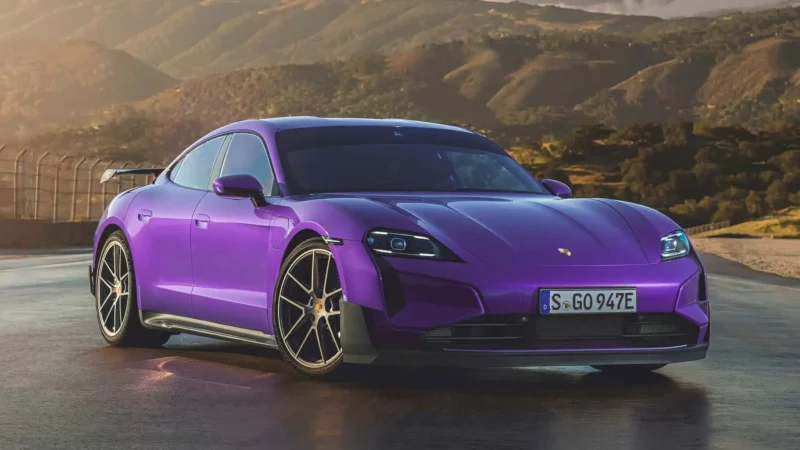The transmission, or gearbox, is one of the crucial components in a vehicle to ensure that every horsepower produced by the engine can be effectively transmitted to the road.
This is because internal combustion engines (ICE) can only generate efficient power within certain engine speed ranges, and each speed ratio is calculated and specified according to the engine output by manufacturers to maximize efficient power delivery in each gear.
It’s a different story for EVs.
Unlike ICE, electric motors can consistently generate maximum instantaneous power at any RPM range.
It can be said that most EVs in the market have a single-speed transmission, where the gear ratio has been meticulously calculated to maximize the efficiency of the electric motor.
Due to the already efficient operating system, most manufacturers believe that the use of multiple-speed transmissions will only add inefficiency, such as increased weight and production costs.
However, there are premium EV models like the Porsche Taycan that use a two-speed gearbox.
The first gear is designed to maximize acceleration, while the second gear ratio is designed to ensure efficiency and high power reserves even at high speeds.
Formula E racing cars even have three-speed transmissions!
So, what about certain manufacturers like Hyundai and Toyota?
Hyundai introduced the N e-shift feature, allowing drivers to simulate gear changes as if using an 8-speed DCT transmission in the Ioniq 5 N model.
Toyota, on the other hand, experimented by fitting a manual gearbox to the AE86 BEV model, complete with a foot clutch!
All of these efforts are made to ensure that the art of driving and manual gear changes will not disappear even when the world fully transitions to EVs one day.
